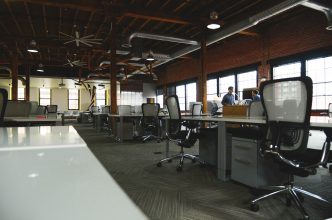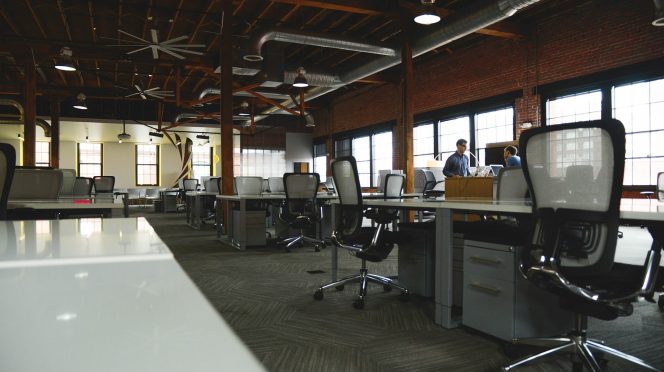Portland’s climate is generally wet and rainy, meaning homeowners need to be proactive in roof maintenance. Without regular roof maintenance, homeowners can find themselves facing a lot of issues later.
Roofs, in general, are robust structures, but they require regular maintenance to preserve their lifespan. Storms, snow, and other environmental factors can significantly reduce the lifespan of your roof. However, by actively caring for your roof, especially after such events, you can identify and address issues before they escalate. This proactive approach not only saves you money in the long run but also gives you control over the condition of your home.
Lake Oswego, a commuter town of Portland, sometimes faces severe thunderstorms or other bad weather conditions. If you are a resident, speak with a Roofing Contractor. Lake Oswego residents should consult with roof contractors often for a roof assessment, especially after significant weather events. Here are some preventive maintenance strategies for Portland roofs to keep in mind and protect your home.
Routine Inspections
Regular roof inspections, ideally twice a year or after significant storms, are key to spotting potential issues early. The spring and fall months are particularly suitable for these checks, as your roof will have experienced major weather.
This is usually the best time of the year to prepare for what is to come. Consult a roofing contractor to comprehensively assess your roof.
You can also check for signs of damage. Note any water signs, deterioration, missing or cracked shingles, loose flashing, or ponding water on the roof. If you spot any such issues, contact a roofing contractor to repair the damage. If left unattended, any of these issues can worsen over time. Get help soon to avoid more damage.
Gutter and Downspout Maintenance
Homeowners should regularly clear debris out of gutters and downspouts or they will have drainage issues. When drainage issues occur, they could cause other problems, such as mold or water damage, depending on the circumstances of your case.
Installing gutter guards can reduce the frequency of gutter cleaning. Still, this doesn’t completely eliminate maintenance check-ups and inspections. Regardless of whether you choose to install gutter guards or not, remember that downspouts are meant to direct water away from your home’s foundation, and when they no longer do that it is an issue that must be solved quickly.
Tree and Vegetation Management
Trimming overhanging tree branches can help prevent roof damage caused by falling branches during storms. A tree branch can be very heavy, which can easily damage your roof when it falls.
Other vegetation growth, such as moss or algae, can also deteriorate your roofing materials. You should regularly remove them to prevent further damage to your roof.
Snow and Ice Removal
A heavy roof will suffer structural stress no matter how well it is built. Because of this, you should always clear snow and ice buildup when it occurs. This will also help you avoid potential leaks and other issues later on.
You can use roof rakes or hire a professional to help you remove excessive snow accumulation. Speak with a roofing contractor if you want to avoid snow accumulation issues. Switching your roof to another style or implementing other features might have some significant advantages.
Proactive Repairs
Proactive repairs play a crucial role in your roof’s lifespan and are one of the best preventive maintenance strategies for roofs. For example, if you have minor issues such as loose nails or sealant deterioration, you should fix them before they become bigger issues. Loose nails can create leaks in your roof. You should also consider re-coating or re-sealing your roof to extend its lifespan.
Roof Replacement
Depending on your roofing materials, replacing your roof might be the best decision rather than dealing with endless repairs and other issues. Some roof replacements only need to occur every 20 or 30 years, depending on the type of roof, the quality of the materials, and how well it is maintained.
If you want to replace your roof with a new one that will perform similarly or better than your old one, consider consulting with a roofing contractor. There are many types of roofs out there, each with various advantages and disadvantages that you should know about. Working closely with a professional will help you make an informed decision that will satisfy your needs for decades to come!
Energy-Efficient Upgrades
You can add various upgrades to your roof to improve energy performance, reduce cooling costs, and extend your roof’s lifespan. For example, you can add insulation, ventilation, or reflective coatings. These upgrades can benefit your roof in various ways and can be used as a preventative maintenance strategy. Speak with a roofing contractor to learn more about the best options suited to your particular needs.













